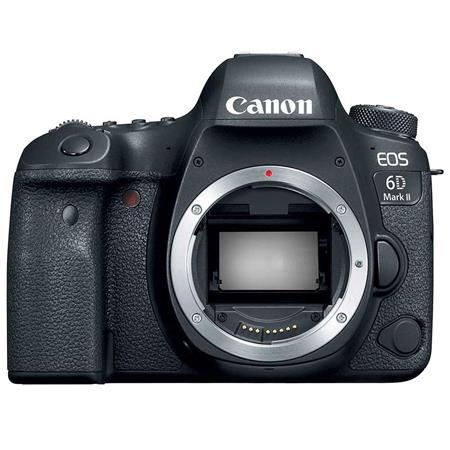Canon released a bunch of firmware updates today. See below. Please note: I am linking…
Canon Celebrates The Production Of 100 Million EOS-series Interchangeable-lens Cameras
Canon press release:
Canon celebrates production of 100 million EOS-series interchangeable-lens cameras
London, UK, 9 October 2019 – Canon Inc. today celebrates a significant camera-manufacturing milestone, as production of Canon’s EOS-series silver halide (film) and digital interchangeable-lens cameras surpassed 100 million units¹ on 20 September 2019. An EOS R mirrorless camera (released in October 2018) was the 100 millionth EOS-series camera produced.
Boasting an attractive product line-up that caters to a variety of genres, skillsets and requirements and an extensive range of over 70 EF and EF-S lenses, Canon strives to expand the boundaries of imaging expression. The EOS series has supported many users, from entry-level through to professionals over its long history, and enabled Canon to maintain the No. 1 share of the global interchangeable-lens digital camera market for 16 consecutive years from 2003 to 2018.ii
In March 1987, the EOS series began with the EOS 650, a next-generation AF single-lens reflex (SLR) camera featuring the world’s first fully electronic lens mount. Production of the EOS series began in what was then Canon’s Fukushima plant and now takes place at a variety of locations – including Taiwan, Miyazaki, Nagasaki and the lynchpin Oita Canon – where production is now carried out under stringent product quality management. Following the release of the EOS 650, Canon went on to develop innovative products and technologies that put speed, comfort and image quality at the forefront – such as the high-end EOS-1 released in 1989 and the EOS 500, which was released in 1993 – expanding the EOS series to cater to many users, from amateur to professional.
In the early 2000s, as the pace of digital SLRs (DSLR) adoption picked up, Canon sought to create even more appealing products. The EOS series’ core concept was expanded to include “high image quality,” achieved through proprietary, cutting-edge technology such as Canon-developed CMOS sensors and DIGIC image processors. The EOS 300D – a compact, lightweight DSLR with an affordable price – contributed to the wider adoption of interchangeable-lens digital cameras, for consumers. Both the EOS 5D series and 1D series expanded digital EOS to professionals – specifically, the EOS 5D Mark II introduced DSLRs as valid means for movie capture and independent filmmaking. Whilst the establishment of the Cinema EOS System of professional digital cinematography products in 2011 extended Canon’s video technology to the B2B sphere entering the video production industry.
Canon will continue to explore new approaches, building on the success of the EOS cameras and the original EF mount, which gave photographers and filmmakers versatility when shooting – such as the 2018 launch of the EOS R System, which employs the new RF Mount. Expanding imaging areas – from still photo to the realm of video – the EOS Series across bodies and EF lenses supports a wide range of users, from entry-level through to professionals. Speed, comfort and high-image quality will all continue to be at the core concept of the EOS series, further strengthening the EOS System towards expanding the culture of photographic and video imaging.





